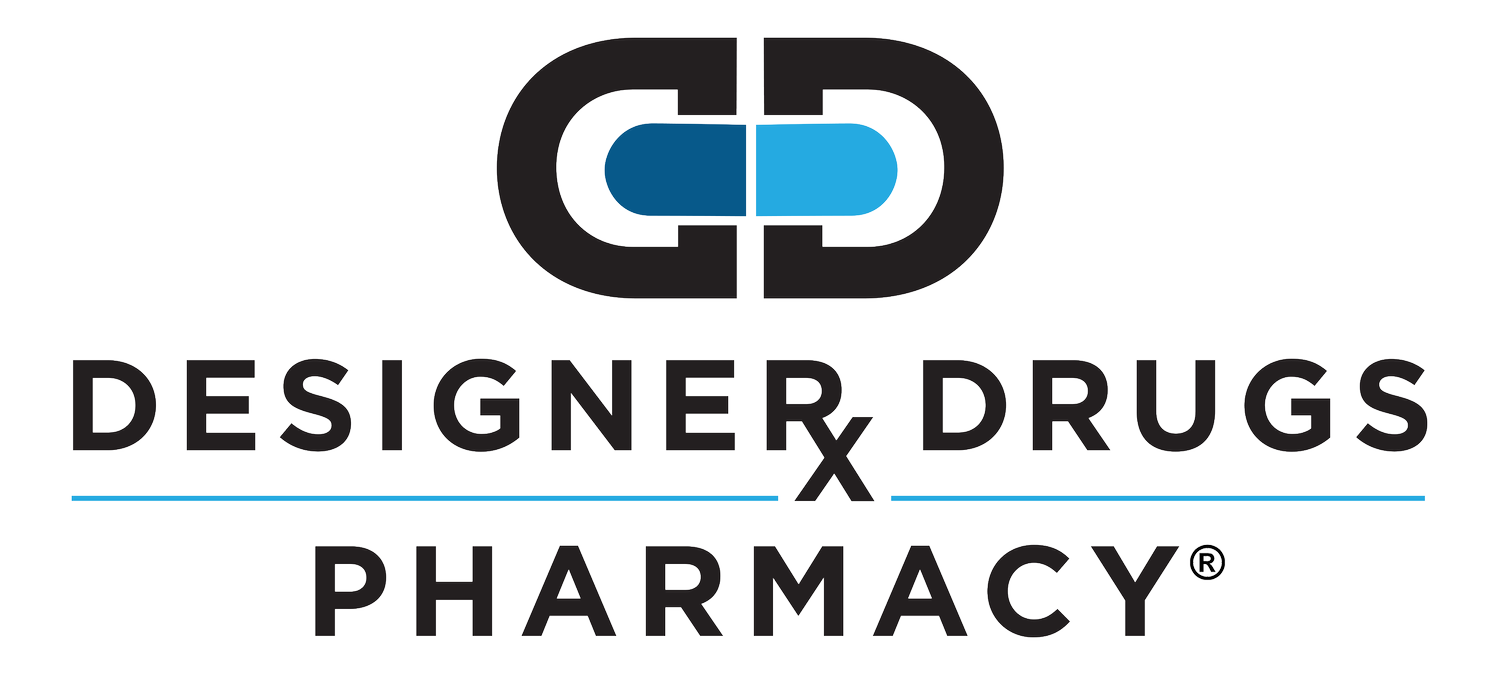5 Common Challenges with Prescribed Eyedrop Regimens for Cataract Surgery Patients
Whether you are a patient or a physician familiar with cataract surgery, you may know that the road to recovery following cataract surgery can be difficult, expensive, and complicated for patients. If you are a physician, we know that you want to reduce complexity for your patients. If you are a patient, you can rest assured that we are working with physicians across the country to help you get through your post-operative regimen in the easiest way!
We believe the eyedrop regimen for patients does not have to be overcomplicated, and in hopes of simplifying this process, we’ve highlighted five common issues patients experience with prescribed eyedrop regimens.
Roughly 61 percent of all Americans have cataracts by age 80 according to the National Library of Medicine, and considering the majority of cataract surgery patients are elderly, they also are the most likely to have difficulties with eyedrop administration. This is largely due to older patients’ limited dexterity, lack of tactile senses, diminished coordination & motor skills, low mobility of the neck & head, or visual impairment. These physical difficulties make maintaining a complex eye drop regimen incredibly challenging, which often leads to non-compliance with the medication regimen.
Not only do older patients typically experience a number of physical obstacles that lead to regimen non-compliance, but they are also significantly more likely to have trouble managing multiple doses of eyedrop medications due to cognitive and memory decline. Elderly patients who live alone may easily find themselves overwhelmed with a complicated dosing schedule, which can lead to non-compliance or dosage errors.
The financial burden of cataract surgery cannot be overstated, and the high cost of these medications can also lead to patient noncompliance. In fact, each of the three most commonly prescribed solutions cost upwards of $200, with 3 mL of a branded antibiotic eyedrop going for approximately $191, 3 mL of a branded NSAID at approximately $288, and approximately $209 for 5 g of a branded corticosteroid. Surveys show that the retail cost of the drug combination used for post-cataract therapy ranges from a low of $175 to a high of $431 per eye, with a weighted average of $323. For some, out of pocket co-payments can be as much as $650 per eye.
One of the most common complaints of cataract surgery patients is the complicated nature of the eyedrop regimen itself. Patients are instructed to wait at least 5 minutes before instilling different drops into the same eye, which becomes remarkably problematic for those who are already on concomitant eyedrops for other ophthalmic conditions. Some of these patients are managing up to a 14 drops per day, making it very difficult for patients to adhere to the prescribed post-cataract eyedrop regimen.
All of these challenges lead to one common result: patient noncompliance. If patients forgo their medication regimen due to physical, financial, or cognitive limitations, the consequences can be severe. By not using these eyedrops, patients can possibly contract postoperative endophthalmitis, an agonizing eye infection, as well as cystoid macular edema (CME), which temporarily inhibits one’s vision.
If you are a doctor, you have probably encountered one, if not all, of these post-cataract surgery complications at your practice, but luckily there is a solution to all of these problems—CatarActive3®. We have helped ophthalmology clinics around the country eliminate most of the complexity that exists for the patient and staff related to cataract surgery eye drop regimens with CatarActive3. If you are a patient, ask your doctor to prescribe CatarActive3® and if you are a physician and want additional information, please reach out to us at 423-954-2585.
CASSANDRA SEANG joined our team in 2015. She is from Chattanooga but earned her BS in Chemistry at Georgia State University and Doctor of Pharmacy at Mercer University in Atlanta, GA. She currently leads our Cataractive team and enjoys coordinating care for each of these patients. Cassandra and her husband have 4 young boys, and she enjoys traveling and baking.
